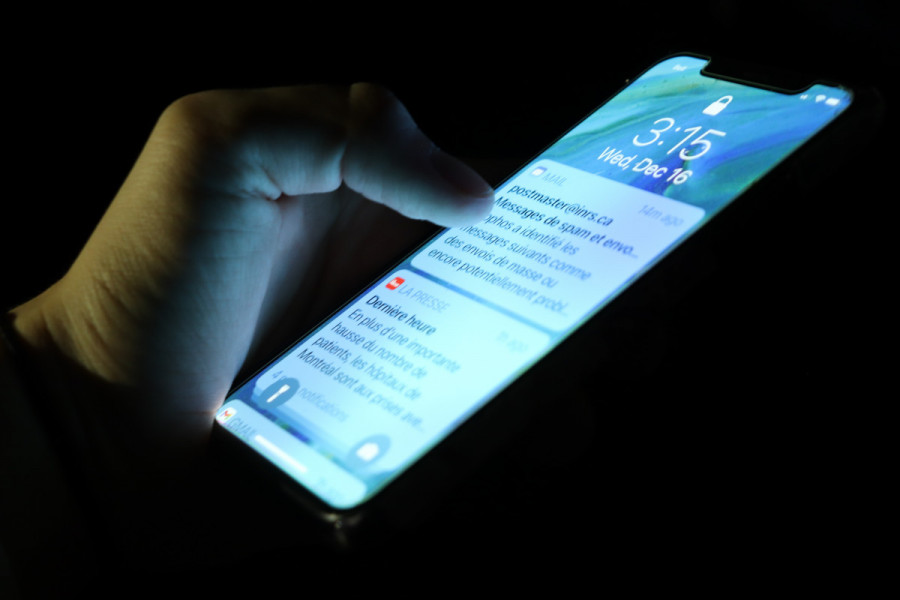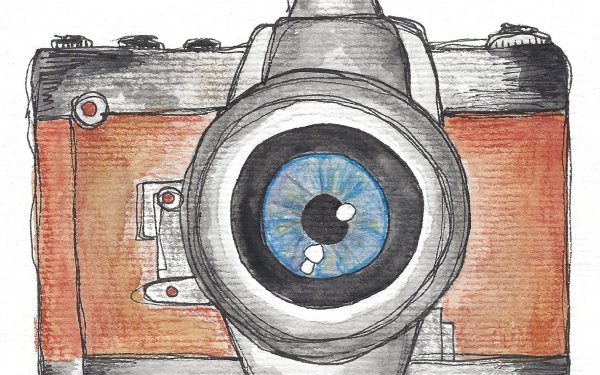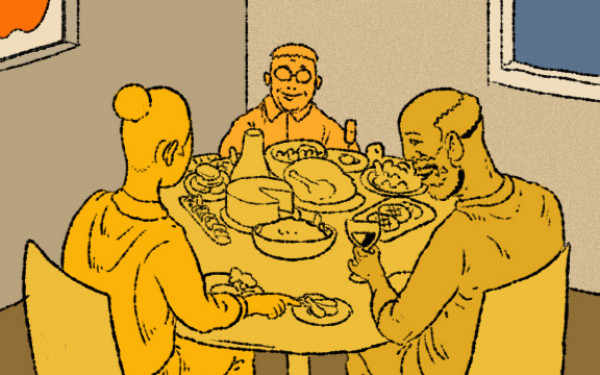Finding solace in internet friendship
The importance of connecting with others digitally during the pandemic
I always knew I was an extrovert, but I didn’t realize how much I thrived in the company of others until last year during the first wave of the pandemic.
I came to recognize this specifically when the Quebec government began implementing restrictions on social gatherings. I really struggled with the switch from socializing in person to online. I yearned for the physical presence of others, which left me feeling mentally and emotionally depleted.
Research has shown that many young people have become increasingly lonely due to the pandemic. In one study from the What Works Centre for Wellbeing, researchers found that individuals 18-30, those with a low household income, those living alone, those unemployed, and those facing a mental health condition were all at a “heightened risk of loneliness during the pandemic.”
Perhaps out of boredom—hoping it would make the days go by faster—I became much more active on social media. I increasingly found myself replying to Instagram stories or tweets that resonated with me or that I thought were funny. Seemingly everyone I interacted with on social media also struggled with feelings of loneliness. I felt more connected to them and less alone because we all seemed to be going through similar experiences.
Some of my online interactions during the pandemic have been with people I had existing friendships with outside of social media, and a handful with acquaintances I only knew superficially offline.
Increasingly, however, I have begun talking to and befriending people who I have never met face-to-face. I would notice we had mutual followers or friends on Twitter or Instagram, so I saw an opportunity to make a connection with them.
The pandemic has reaffirmed that we don’t need to be in the same physical space with others to develop new friendships and strengthen existing ones, that we don’t need to be next to one another to feel close.
My closest online friend is a connection I made this past year, who I’ll call Amy. We both attended the same university for our undergrads but were in different years and programs. Amy followed me on Instagram and immediately started replying to all my stories.
At first I found this annoying, because I had never met them and they acted like they already knew me. When they kept messaging me throughout the months, I realized they were genuinely trying to get to know me and become friends, even if this friendship only existed online. Eventually, we became close, perhaps due to our similar experiences dealing with poor mental health and the loneliness of daily life in a pandemic.
Not all of the connections I have made online have worked as successfully as the one with Amy, and perhaps that is because for a lot of people, interacting with others on social media can come across as very surface-level and not very intimate. I understand that, and I have previously had that perspective. Part of me remains wary about the online connections I have made, and I worry whether post-pandemic they will continue or if they will simply fade away.
This past year, however, those otherwise superficial interactions I might not have thought twice about previously have been so essential. The friends I have made via social media live all over the country, and the correspondence I have with them is something I look forward to every day. I have felt so connected to a handful of these internet friends that we have begun exchanging letters with each other through the mail, expanding our interactions outside of a solely virtual setting.
I suppose I had dabbled with developing friendships with people over social media, but I always maintained that connections I made online were less intimate than the experiences I would have with friends face-to-face.
Eva Hagberg, in her article “How to Keep Friends During the Pandemic” for The Atlantic, questions this belief that friendships and intimacy must happen in person. She explains that creating and maintaining friendships at a distance has been commonplace through letters, phone calls, texts, and online messages long before the pandemic struck.
The pandemic has reaffirmed that we don’t need to be in the same physical space with others to develop new friendships and strengthen existing ones—that we don’t need to be next to one another to feel close.
Marlee Bower, a postdoctoral research fellow studying the social determinant of health at the University of Sydney, backs up the belief that we can be just as close to those we befriend online as those we see in person.
She explained to the BBC that, owing to social restrictions, internet friendships are now just as easy to manage and maintain as the friendships of those who live in the same city as you.
The digital friendships that I have had with people throughout this year have allowed me to express pent-up frustration, sadness, and anxiety related to the pandemic, leaving me feeling heard and validated.
In return, I hope that I am able to give them the same feelings of comfort and ease. There is a hopefulness and resiliency that comes with developing a sense of closeness at this time, both with new friends and old—being able to connect with anyone during a pandemic, virtually or otherwise, is a feat to be appreciated.
This article originally appeared in The Influence/Influenced Issue, published January 13, 2021.


_600_832_s.png)



_600_375_s_c1.png)
